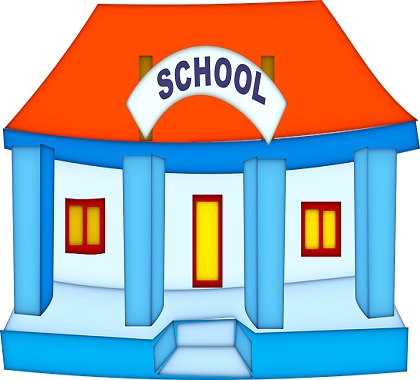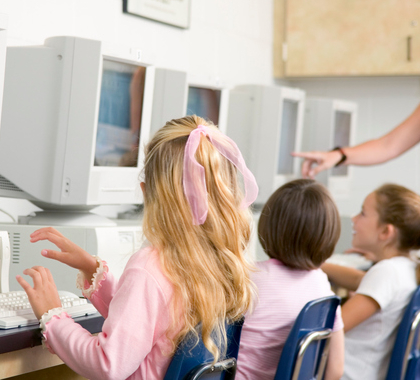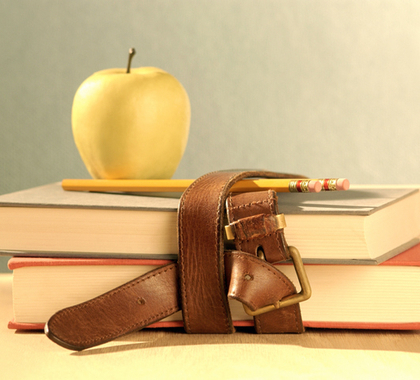The 10th annual National School Choice Week (NSCW) kicked off on January 26 with some 25,000 schools participating in a mindboggling 51,300 independently organized events encompassing all 50 states.
The growth of this event serves as an indicator of the rising American interest in families having as free a choice among schools as they have when they pick out a pair of shoes at the mall. Good fits are essential.
By contrast, in 2011, Year One, there were just 150 rallies and other activities. By 2013, 3,059 schools were participating in NSCW. Growth burgeoned during the rest of the decade, resulting in recent speculation that we may be at the dawn of the Roaring Twenties for school choice.
Dancing, Waving Yellow Scarves
At the center of these diverse celebrations of educational choice in K-12 schools were students dancing to the year’s official song (“Best Day” by Loomin) while wearing and vigorously waving the week’s signature yellow scarves.
When watching these youthful performances, I see joy, exuberance, and pride in the schools of choice many of these children attend. You can view some of the dance renditions and judge for yourself at www.schoolchoiceweek.com.
Sadly, those bright yellow scarves serve as a triggering mechanism for some on the Left, who see them as a symbol of rebellion against the collectivist model of government-dominated education they prize. A few years ago, a People for the American Way grump wrote that the scarves “serve as a flashy distraction” from an alleged agenda of undermining public education.
Reporting Good News
Never mind that NSCW celebrants go out of their way to keep the happenings inclusive and nonpartisan. They sing the praises of all kinds of schools that exhibit any degree of openness to parental choice: traditional public, charter, and magnet schools, along with private, religious, online, and home schools.
At the risk of further incurring the ire of statists, NSCW president Andrew Campanella has even launched a “Happiness Blog” to report and celebrate good news in education whenever it exists. Bemoaning what social observers have termed an “Unhappiness Epidemic,” Campanella issues this invitation: “Together, let’s push back against this trend with all the good news about education we can find.”
Of course, the evidence of the failures of centralized education is so massive as to be impossible to ignore. The documented failures of the vaunted Common Core standards to raise reading and math scores on the Nation’s Report Card or to improve student readiness for higher education are a matter of record.
Celebrating Success
Why not celebrate individual successes in the hope they may become models for others striving for excellence? Let’s consider three exemplary schools—all of them participants in NSCW—featured recently on the Happiness Blog.
DeBakey High School for Health Professions, a public magnet school in Houston, Texas, is ranked by U.S. News & World Report as among the best public schools in the nation, DeBakey gives students considering health-care careers a chance to shadow physicians and other professionals in the largest medical complex in the world. Recently, some students were able to view a livestream of an open-heart surgery.
Teachers at Northwest Arkansas Classical Academy, a charter school that immerses its students in the classic literary works of Western civilization, use the Socratic method to encourage students to ask questions and engage in lively discussions about nature and humanity. Students also study Latin, by no means a dead language, given its influence on modern reading, writing, and vocabulary.
Flushing (NY) Christian School, founded by three pastors in 1950, aims to provide a “joy-filled Christian education.” Its fifth-graders, dubbed The Navigators, scored a stunning achievement at the National Geographic Challenge by developing a filtering system to reduce pollution in the Hudson River. They earned first place in a 1,000-team competition and won a $25,000 prize that will be used to put their innovative system into practice.
Hoping for More
National School Choice Week showcases the interest in school choice and pent-up demand for more of it. Whether supply meets that demand will depend in part on decisions in the political and legal realms, especially a Supreme Court decision expected in June that may knock down nineteenth-century anti-Catholic Blaine Amendments that stifle private choice in some states, and, of course, the results of the elections this November.
Robert G. Holland ([email protected]) is a senior fellow in education at The Heartland Institute. This article was originally published by American Thinker and is reprinted with permission.





